In today’s competitive business landscape, converting potential leads into paying customers is a complex journey that requires strategic planning and execution. A well-crafted sales funnel is pivotal in guiding prospects through this journey, ensuring that they not only make a purchase but also become loyal advocates for your brand. This article delves into the essentials of creating a winning sales funnel, from understanding its core concept to implementing effective strategies, and concludes with a real-world example for practical insight.
Table of Contents
- What is a Sales Funnel?
- Discovering the Objective of the Sales Funnel
- Key Components of a Winning Sales Funnel
- Real-World Example: Personal Health Assistant App
- Conclusion
1. What is a Sales Funnel?
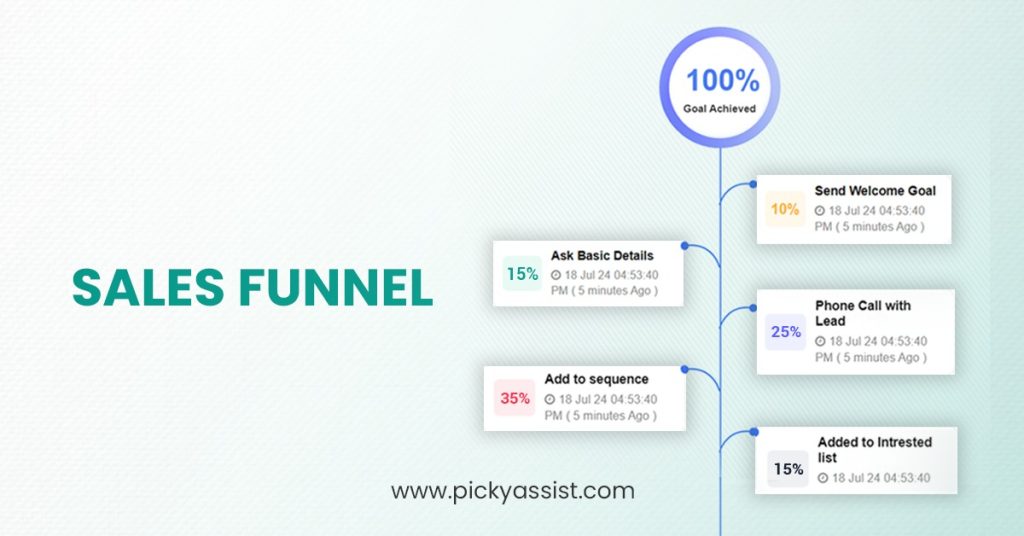
A sales funnel is a conceptual model that illustrates the journey a potential customer (lead) undergoes from initial awareness of a product or service to the final purchase decision. This journey is segmented into various stages, each designed to nurture the lead, address their concerns, and progressively move them closer to making a purchase.
While traditional sales funnels end once a purchase is made, modern strategies often extend beyond this point, incorporating post-sale activities like upselling (encouraging customers to buy a more premium product) and cross-selling (suggesting related products) to maximize customer lifetime value.
2. Discovering the Objective of the Sales Funnel
Before diving into the creation of a sales funnel, it’s imperative to define its objectives clearly. This foundational step ensures that the funnel aligns with your business goals and adds tangible value. Consider the following:
- Value Addition: How will the sales funnel enhance your business operations or profitability?
- Target Audience: Who are the leads that will enter the funnel? Are there specific qualifications or criteria?
- Desired Outcomes: What specific actions or conversions are you aiming for? (e.g., product purchases, service sign-ups, information downloads)
By addressing these questions, you lay a solid groundwork for building a funnel that’s not only effective but also tailored to your business’s unique needs.
3. Key Components of a Winning Sales Funnel
Creating a successful sales funnel involves meticulous planning and clarity in its components. Here’s a breakdown of the essential elements:
a. Entry Criteria
Definition: The specific conditions or qualifications that determine which leads are introduced into the sales funnel.
Implementation:
- Lead Qualification: For instance, only leads with a potential business value exceeding $1,000 might be considered.
- Demographic or Behavioral Factors: Age, location, purchasing history, or engagement levels can be criteria.
Purpose: Ensures that resources are allocated efficiently by targeting leads with a higher probability of conversion.
b. Funnel Goals
Definition: The specific objectives the funnel aims to achieve as leads progress through its stages.
Implementation:
- Content Distribution: Sending tailored product information based on the lead’s expressed interests.
- Social Proof: Sharing client testimonials to build trust and influence buying decisions.
- Retargeting Campaigns: Utilizing social media and other platforms to maintain brand visibility.
- Sales Team Engagement: Scheduling manual follow-ups, such as phone calls, to address queries or provide personalized assistance.
Purpose: To guide leads through a structured journey, addressing their needs and concerns at each stage, ultimately leading to a purchase.
c. Exit Conditions
Definition: The specific actions or milestones that determine when a lead exits the current funnel or transitions to another.
Implementation:
- Purchase Completion: Exiting upon making a purchase or subscribing to a service.
- Action Completion: Such as signing up for an account or completing a trial period.
- Time-Based Criteria: Exiting after a certain duration if no action is taken.
Purpose: Ensures that leads are moved appropriately based on their actions, maintaining the funnel’s efficiency and relevance.
4. Real-World Example: Personal Health Assistant App
To illustrate the practical application of these principles, let’s explore a hypothetical scenario involving a personal health assistant app aiming to secure quarterly subscriptions.
a. App Download Funnel
- When to Enter: All leads are funneled into this stage regardless of prior engagement.
- Objective: Encourage leads to download the mobile application.
- Process:
- Multi-Channel Outreach: Deploy a series of messages via WhatsApp, SMS, and Email.
- Educational Content: Share information highlighting the app’s benefits and features.
- Retargeting: Implement social media campaigns to maintain visibility and engagement.
- Exit Condition: Lead successfully downloads the mobile app.
- Duration: 4 days.
Explanation: This initial funnel casts a wide net, aiming to convert general interest into tangible action—downloading the app. The multi-channel approach ensures that leads are reached through their preferred communication mediums, increasing the likelihood of conversion.
b. Activate Trial & Complete an Assessment Test Funnel
- When to Enter: Leads who have downloaded the app and set up their profiles.
- Objective: Motivate users to complete an in-app assessment test.
- Process:
- Continued Communication: Send a series of WhatsApp messages, SMS, and Emails.
- Highlight Value: Emphasize the benefits of completing the assessment, such as personalized health insights.
- Retargeting: Maintain brand presence across social platforms to encourage action.
- Exit Condition: User completes the assessment test within the app.
- Duration: 10 days.
Explanation: This stage deepens user engagement by encouraging them to interact with the app’s core features. Completing the assessment not only provides value to the user but also offers the company valuable data to tailor future communications and offerings.
c. Starting a Paid Subscription
- When to Enter: Users who have completed the assessment test.
- Objective: Convert engaged users into paying subscribers.
- Process:
- Persistent Outreach: Continue with WhatsApp, SMS, and Email communications.
- Offer Incentives: Present limited-time offers or discounts to incentivize subscription.
- Address Objections: Share testimonials, success stories, and detailed feature breakdowns to alleviate concerns.
- Retargeting: Ensure consistent visibility to reinforce the value proposition.
- Exit Condition: User purchases a subscription plan.
- Duration: Up to 90 days or upon successful subscription.
Explanation: This final funnel stage aims to capitalize on the established engagement, guiding users towards a purchase decision. By addressing potential objections and offering incentives, the likelihood of conversion is significantly enhanced.
5. Conclusion
Crafting a winning sales funnel is both an art and a science. It requires a deep understanding of your target audience, clear objectives, and a strategic approach to guide leads through their purchasing journey. By meticulously defining entry criteria, funnel goals, and exit conditions, businesses can create tailored experiences that not only convert leads but also foster long-term loyalty.
The real-world example of the personal health assistant app underscores the importance of aligning funnel stages with user behavior and business objectives. Through multi-channel communication, value-driven content, and strategic retargeting, the app effectively guides users from initial interest to paid subscription.
In the ever-evolving world of sales and marketing, staying adaptable and continually refining your sales funnel based on feedback and performance metrics is paramount. With the right strategies and execution, a well-crafted sales funnel can be a game-changer for your business’s growth and success.

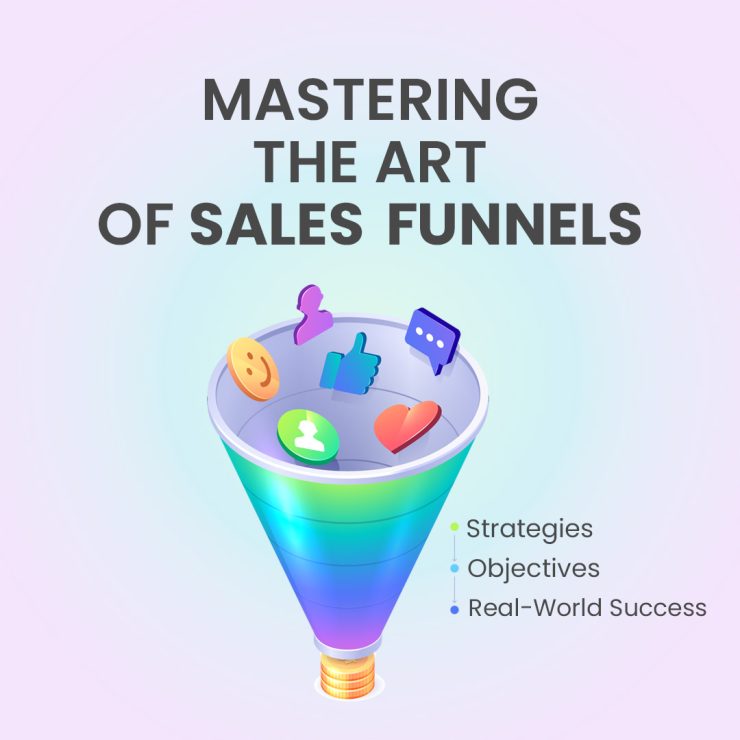


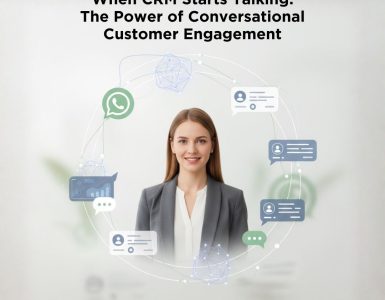
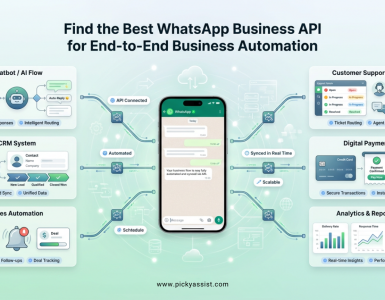
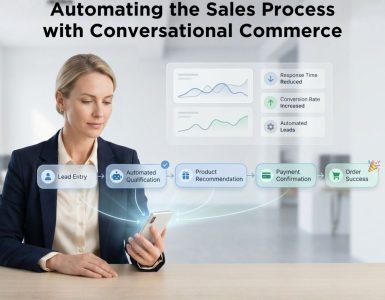
Add comment